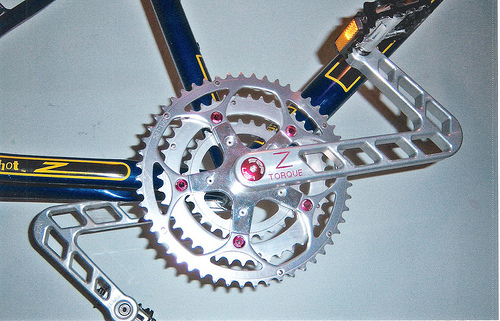Slowman wrote:
i guess i'm ambivalent. i hear you. i don't know that there's a practical difference given, as rchung stated, that there really is not that much difference between crank lengths for the purposes of torque (yes, for the purposes of range of motion, less for torque).
but, yeah, if power = torque x cadence and max torque = force x lever arm when that force is perpendicular to the lever arm? something like that? then, yes, i could see how force is what i'm after.
the reason i kind of like torque, tho, is that i know power, and i know cadence. i don't know torque. as a cycling metric. so, i'd like to see how torque and cadence act, inversely. i see your point. but i don't think it would be that different looking at force versus torque, and what is certain is that i can have torque easily from any device i own with pretty little extra work from that device maker.
If comparing across athletes or even bikes, I see how it would be useful to know torque as well as force. If it is just you in your basement on your trainer, torque vs. force doesn't matter. If you know your power and your cadence, you could make up some imaginary torque unit and ride to that.
Is this what you are thinking like when you are trying to look at torque based training: riding at 50rpm and 100 watts, and you could be producing 20 slowmans (of torque). 75 rpm and 150 watts = 20 slowmans. 75 rpm and 300 watts = 40 slowmans?
Oui, mais pas de femme toute de suite (yes, but I am not ready for a woman straight away) -Stephen Roche's reply when asked whether he was okay after collapsing at the finish in the La Plagne stage of the 1987 Tour
